Cannabis Facts & Stats
Cannabis affects everyone differently. It can make you feel happy, relaxed and talkative, or it can lead you to feeling confusion, tiredness, anxiety, fear or panic. Learn more about cannabis here.
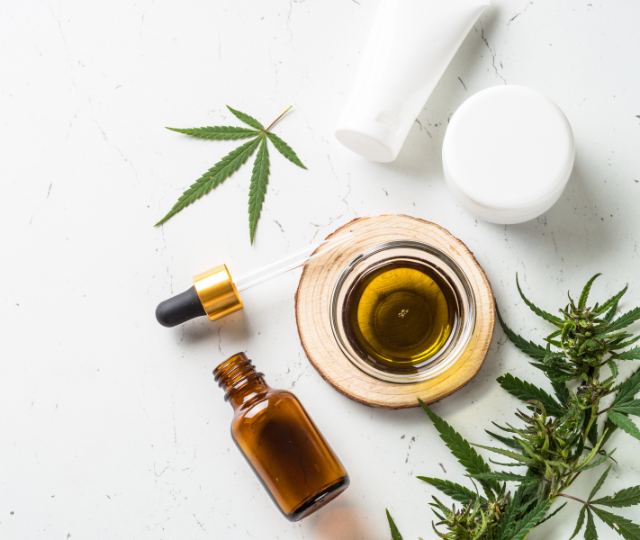
Cannabis overview
Cannabis, which is a product extracted from the cannabis sativa plant, is used for both its therapeutic and psychoactive effects on the body. It comes in many different forms for use, including dried flower or leaves; hash; edibles; topical creams; or extracts, such as shatter and oils.
While cannabis is comprised of over 100 different chemical compounds called cannabinoids, there are two major cannabinoids that are most biologically active: delta-9-tetrahydrocannabinol (THC) and cannabidiol (CBD). Each cannabis plant has different ratios of THC to CBD, which ultimately plays a role how you feel after using the substance.
According to the Canadian Cannabis Survey, approximately 52% of Canadian adults report using cannabis three days per month or less, and 18% report daily cannabis use. Rates of use are reportedly higher among males (30%) than females (25%).
There has been plenty of research conducted on THC and its effects on our bodies. THC is responsible for the high and intoxicating effects of cannabis on your brain and body. It has both therapeutic effects and harmful effects, but the harmful effects may be greater when the strength of THC is higher. Some physiological effects of THC might include:
- Drowsiness
- Appetite stimulation
- Paranoia
- Anxiety
- Impaired judgement/coordination
- Pain relief
- Relaxant
- Psycho-activity
Importantly, the effects of THC can differ between each individual and uniquely impact the way they think and feel.
Unlike THC, CBD has no psycho-active properties, meaning it does not produce a high or intoxicating feeling. Instead, there is some evidence to suggest that CBD may even block some of the effects of THC on the mind, particularly when the ratio of CBD is much higher than THC. Some physiological effects of CBD might include:
- Anti-inflammatory
- Reduced nausea
- Anti-tumoral
- Neuroprotection
- Non psycho-activity
Different ways cannabis can be used
There are a number of different ways cannabis can be used. Some common methods of use might include:
- Smoking
- Vaping
- Oral ingestion (edibles)
- Topicals
Typically, dried flower products are rolled into cigarettes (e.g., a joint) or packed into pipes and bongs and smoked. Cannabis can also be vaped by heating liquid or solid cannabis extract inside a vaping accessory. The extracts (i.e., oil or shatter) are often dabbed using a dabbing accessory (e.g., an oil rig or dab rig pipe). There are also many smoke-free alternatives to cannabis, such as edible products (e.g., brownies, gummies or soft drinks), or topical cannabis creams and lotions. Topical products have also been shown to have anti-inflammatory, anti-itching, analgesics, wound healing and anti-proliferative effects on the skin.
Health impacts of cannabis
While the most commonly reported reasons for using cannabis range from helping users to cope with anxiety, pain, depression, insomnia, nausea and/or appetite stimulation, it is also important to inform yourself of the potential health consequences of cannabis use. It is helpful to learn about how each cannabis product differs from one another and the potential effects each product can have on your body.
Watch this video to learn about the key factors to consider before using cannabis
People can have very different experiences with cannabis. Some may feel relaxed, lively, talkative, giggly and even euphoric, while others feel tense, anxious, fearful and confused. The kind of experience you may have can vary from one use to the next, so it is important to start low, go slow to avoid risks of overconsumption. How cannabis affects you depends on:
- How much is used
- How often and how long you’ve used it
- Whether it is smoked, vaped or eaten
- Mood, expectations and the environment you’re in
- Age, sex and weight
- Certain pre-existing medical or psychiatric conditions
- Whether it’s been taken with any alcohol or other drugs (illegal, prescription, over-the-counter or herbal)
Depending on the type of cannabis product used, the physical effects can include any of the following:
- Red eyes
- Dry mouth and throat
- Irritated respiratory system (if smoking)
- Increases in appetite and heart rate
- Decreases in blood pressure, balance and stability
- Drowsiness or restlessness, depending on the amount taken and individual response to the drug
Cannabis has also been used for the treatment of symptoms of certain medical conditions in Canada for several years. The therapeutic uses of cannabis are associated with its ability to regulate and manage:
- Nausea (e.g., for chemotherapy patients)
- Appetite
- Pain (e.g., for people living with multiple sclerosis, cancer-related pain or chronic pain that is not cancer-related)
- Depressed mood and insomnia
The following health risks are possible for anyone who uses cannabis heavily or regularly:
- Problems with thinking, memory or physical co-ordination
- Impairment, which can lead to serious injuries, including those from motor-vehicle accidents
- Hallucinations, such as seeing, hearing, tasting, smelling or feeling things that do not really exist
- Mental health problems, specifically if you or an immediate family member has had a mental health issue, like psychosis or an addiction to alcohol or other drugs
- Cannabis dependence
- Breathing or lung problems from smoking
- Cancer from smoking
- Problems during or after pregnancy
There are ways in which you can reduce the risks associated with using cannabis:
- Avoid regular use to reduce the negative effects cannabis can have on the brain and body
- Consider using edibles, oils or topicals instead of smoking
- Avoid tobacco as mixing agent
- Keep bongs and pipes clean, avoid plastic bottles due to toxic fumes
- Consider a vaporizer which stops combustion and reduces tar and carcinogens
- Avoid operating machinery, driving or swimming
- Try to avoid inhaling too deeply or holding your breath while smoking
- Avoid illegal cannabis products and synthetic cannabinoid products such as K2 or Spice
Canada’s Lower-Risk Cannabis Use Guidelines provides some suggestions on how to safely use cannabis products for non-medical purposes. The kind of experience you may have can vary from one use to the next and between different products, so it is important to start low, go slow to avoid risks of overconsumption.
Learn more about Canada's Lower-Risk Cannabis Use Guidelines here
Additional information & resources
Explore our cannabis hub for specific information for families, youth, older adults, health professionals and local governments.
- Busting myths & helpful information on cannabis impaired driving infographic (Interior Health)
- Cannabis in Canada (Government of Canada)
- About Cannabis (Government of Canada)
- Canada's Lower Risk Cannabis Use Guidelines (Canadian Mental Health Association)
- Canada's Lower Risk Cannabis Use Guidelines for Youth (Canadian Mental Health Association)
- Cannabis Resources (First Nations Health Authority)
- Safer Cannabis Use (Canadian Institute for Substance Use Research)
- Choosing Cannabis - YouTube (Ontario Cannabis)
- Minimizing Your Risk Using Cannabis Accessories (Government of Canada)
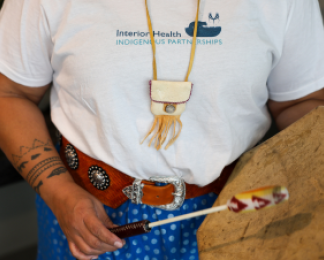

In the 5 years since the In Plain Sight report was released, we’ve made strides towards being a culturally safe organization—but there’s more work to do.
/stories/ihs-fifth-plain-sight-response-supports-reconciliation


Inspired by her aunt’s career as a pharmacist, Angela became a pharmacy technician to use the hands-on aspect of compounding to benefit patient care.
/stories/we-are-ih-pharmacy-tech-enjoys-problem-solving-patients
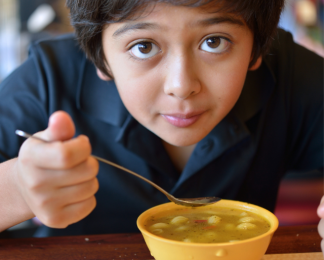
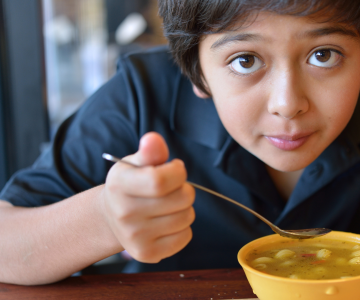
Souper Meals brings students together once a week over locally made soup, fresh fruit, veggies and buns, all free of charge.
/stories/more-soup-benefits-universal-school-lunch-program


With decades of experience rooted in compassion and commitment to children’s health, Dr. Jeff Wong is carving a path for pediatric care at Kelowna Hospital.
/stories/dr-jeff-wong-leads-kelowna-pediatric-department-forward
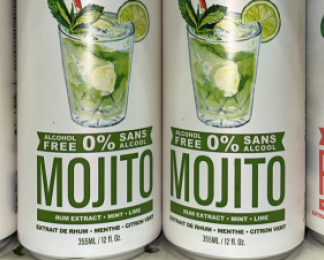
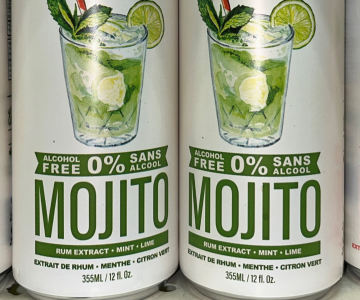
The holidays season offers opportunities to drink alcohol, and it can be easy to overindulge. Get tips on how you can drink less - and live more.
/stories/holiday-spirit-tips-drinking-moderation-season
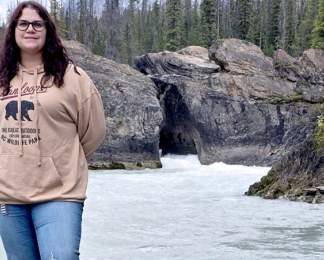
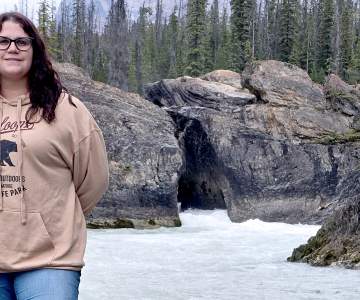
With the support of her mentors and coworkers, Niomi Wright found her true health-care calling as a care aide at Mountain View Lodge in Lillooet.
/stories/we-are-ih-care-aide-recognizes-value-mentors-and-colleagues
STAY CONNECTED
Receive news, alerts, public service announcements and articles right to your inbox.

